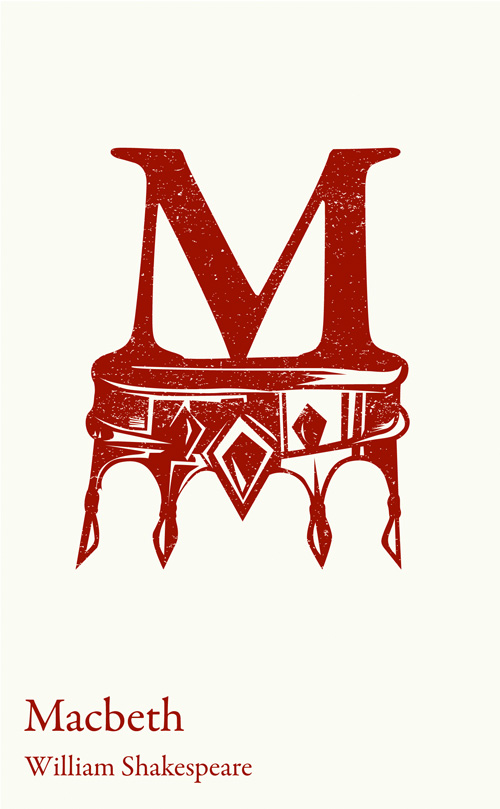Crime drama is one of the most popular genres on television and one that students are familiar with. Just look at the success of shows like Sherlock, Line of Duty and Luther, which attract massive audiences and clouds of online comment. One of the features of such shows and key to their popularity is the way they explore the characters’ psychology. Sometimes it’s the mind of the investigator, sometimes the criminal and sometimes both – think of the compelling first episode of Sherlock as the murderous taxi driver and the detective face each other and test out each other’s minds. Macbeth is just such a crime drama.
Making links like that can be very helpful with pupils studying the play. There is certainly plenty of action, with battles, decapitations and brutal murders, but Shakespeare’s real interest is in the psychology of the criminal. If you get students to count up the deaths that occur in the play, they will have quite a list, but when they count how many are staged, they will find only three – and one of these happens in the dark. So Shakespeare focuses on the brain rather than the blood.
The soliloquies can be aspects of the play which students find challenging with their dense processes of thought, but they are, of course, the key method Shakespeare uses to explore psychology. Let’s consider, then, ways into one of them. Macbeth’s soliloquy at the start of I vii is a really good example and close reading reveals how Macbeth’s minds shifts. Here are some things that pupils might like to think about.
5 Key Points
- Note how many of the sentence openings indicate a logical argument – If…; If…; But…; Besides… – before a clear conclusion: ‘I have no spur/To prick the side of my intent.’
- List the separate reasons Macbeth gives for not killing Duncan in ll.12-25. Note the logical progression again: First… then… Besides. Which of these reasons does Macbeth consider the strongest? What does this indicate about his character?
- How many sentences are there in a 28-line speech? Note where the sentences begin; after the first sentence, they all begin mid-line. How is Shakespeare using the caesura to show Macbeth’s progress of thought?
- Explore the imagery of the ‘angels’, ‘new-born babe’ and ‘cherubim’ in the penultimate sentence, considering the combination of religious and innocence references.
- Consider the imagery of ‘vaulting ambition’ at the end of the speech, with its references to horse-riding and jumping. What are the implications at the climax of the speech?
These points show how this soliloquy demonstrates a careful Macbeth, whose mind at this stage of the play is in control. Another exercise which can be useful is to get one student to read the speech, while another student walks in straight lines, changing direction with every change in thought. This will show the frequent shifts and also demonstrate the effect of that long nine and a half line sentence as the ideas of a universal condemnation and punishment take control of Macbeth’s thoughts.
As a result of this speech, Macbeth tells Lady Macbeth that ‘We shall proceed no further in this business’, which sounds decisive. By examining the logical process of Macbeth’s soliloquy, students will appreciate more the effects of Lady Macbeth’s subsequent manipulation.
It’s also worth considering this soliloquy in the light of the later examples, where the careful rationality of this speech declines steadily, hallucinating with his ‘heat-oppressed brain’ before the murder, and thereafter acknowledging his disturbed state of mind, culminating in his nihilistic summary of human life, ‘a tale told by an idiot,/ Signifying nothing.’ While sometimes complex, then, it’s certainly worth students taking the time to look closely at the language and structure of the soliloquies to see how Shakespeare uses them to show the changing psychological state of a murderer.
By Noel Cassidy
Noel worked on the detailed introduction to the Macbeth edition for GCSE-level students; part of the Collins Classroom Classics range.
Noel Cassidy has been teaching for over 30 years, with experience in schools in the UK and New Zealand and is currently in charge of A Level English at St Albans School. He has been assessing A Level English Literature for over 25 years, with senior positions in charge of coursework and examinations for UK and international examination boards, and has trained teachers in teaching, learning and assessment in several locations across the world. He has written for emagazine, English and The Times Educational Supplement. He contributed to Teaching English 11-16 (Continuum) and edited the Cambridge International AS & A Level Literature in English Students’ Book (Collins).




